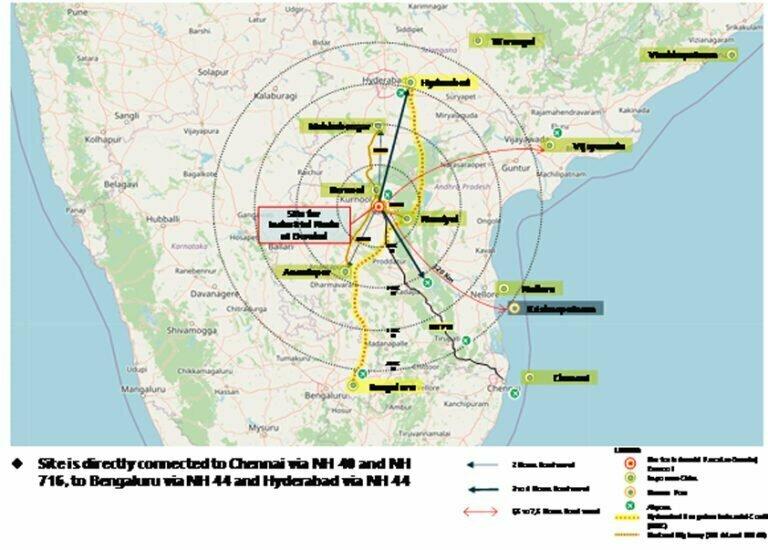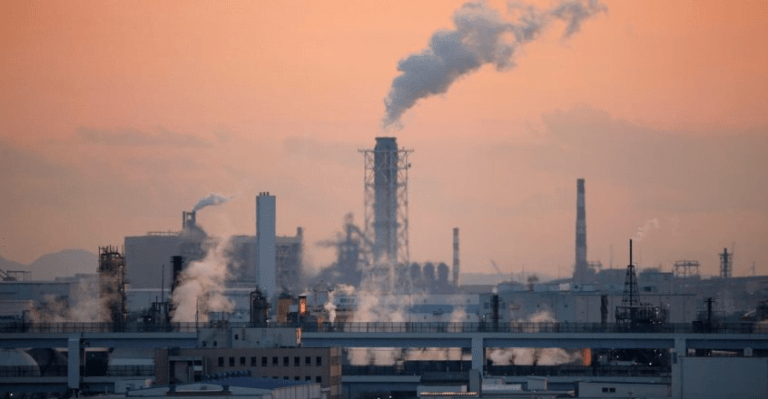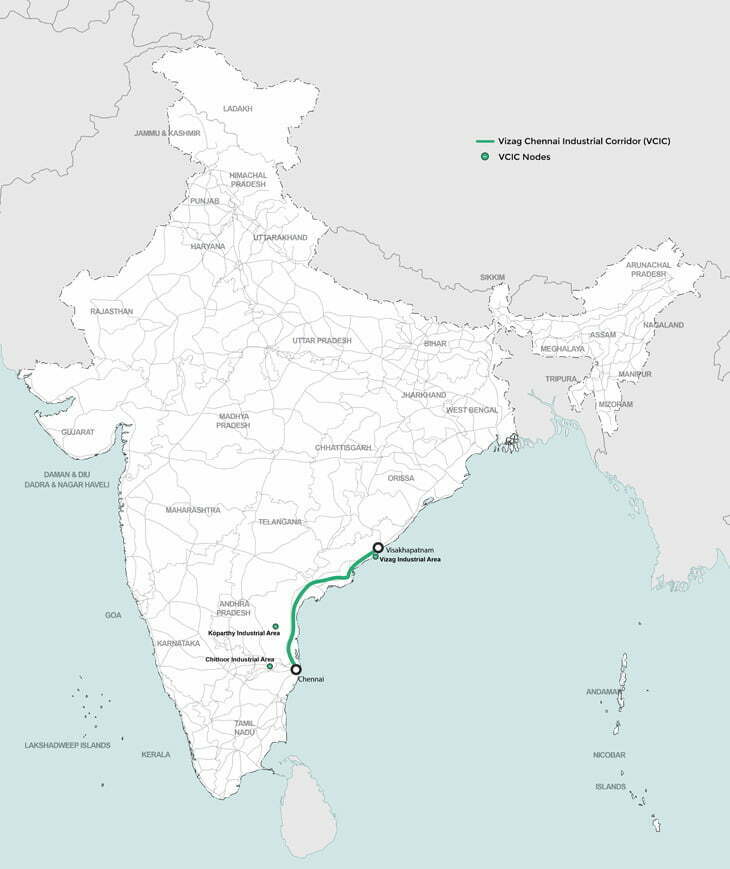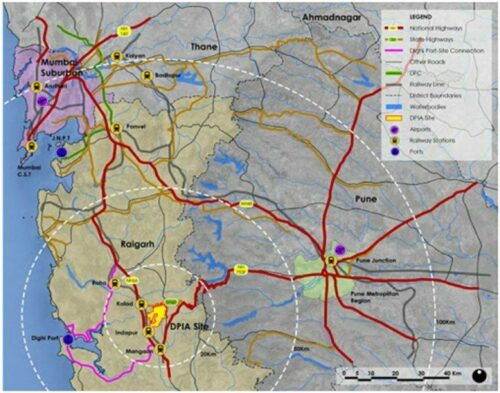
Union Minister of State for Commerce and Industry Som Parkash replied to questions about the initiatives taken by the government to boost manufacturing in the parliament’s winter session 2022.
A globally competitive manufacturing sector has India’s greatest potential to drive economic growth and job creation this decade. Due to factors like power growth, long-term employment prospects, and skill routes for millions of people, India has a significant potential to engage in international markets. Several factors contribute to their potential.
The Government of India has undertaken various steps to promote the manufacturing sector and to boost domestic and foreign investments in India. These include introduction of Goods and Services Tax, reduction in corporate tax, interventions to improve the ease of doing business, FDI policy reforms, measures for reduction in compliance burden, policy measures to boost domestic manufacturing through public procurement orders, Phased Manufacturing Programme (PMP) etc.

Budget 2021-2022 to enhance India’s manufacturing
In order to achieve India’s vision of becoming “Atmanirbhar” and to strengthen its manufacturing capabilities and exports, an outlay of INR 1.97 lakh crore has been announced in the Union Budget 2021-22 for PLI schemes in 14 key manufacturing sectors, beginning in fiscal year (FY) 2021-22. With the announcement of PLI Schemes, significant creation of production, skills, employment, economic growth and exports is expected over the next five years and more.
The reforms taken by the Government have resulted in increased Foreign Direct Investment (FDI) inflows in the country. FDI inflows in India stood at US $45.15 billion in 2014-2015 and have continuously increased since then and India registered its highest ever annual FDI inflow of US$ 84.84 billion (provisional figures) in the financial year 2021-22.
As per Economic Survey 2021-22, inspite of Covid related disruptions there is a trend of positive overall growth of Gross Value Addition (GVA) in the manufacturing sector. The total employment in this sector has increased from 57 million in the year 2017-18 to 62.4 million in the year 2019-20.
Schemes undertaken by Ministry of Commerce & Industry
The annual growth rate of the manufacturing sector as per the Index of Industrial Production (IIP), with base year 2011-12, for 2021-22 is 11.8%. The government aims to make India the global manufacturing hub. It also aims to increase the sector’s GDP share to 25% from the existing 16%, and create 100 million new jobs by 2022.
To do so, the Ministry of Commerce & Industry launched many schemes to promote the manufacturing sector and to boost domestic and foreign investments in India. The following are some of the major initiatives and schemes:
Make in India initiative: ‘Make in India’ is an initiative that was launched on September 25, 2014, to facilitate investment, foster innovation, build best-in-class infrastructure and make India a hub for manufacturing, design and innovation. It is one of the unique single, vocal for local initiatives that promote India’s manufacturing domain to the world.
Industrial Corridor Development Programme: In order to accelerate growth in manufacturing, Government of India (GoI) has adopted the strategy of developing industrial corridors in partnership with state governments. The objective of this programme is to develop Greenfield Industrial regions/areas/nodes with sustainable infrastructure & make available Plug and Play Infrastructure at the plot level. As part of the National Industrial Corridor Program, 11 industrial corridors are being developed in 4 phases.
Ease of Doing Business: The objective is to improve Ease of Doing Business and Ease of Living by simplifying, rationalising, digitizing and decriminalising government to business and citizen interfaces across ministries/states/UTs. The key focus areas of the initiative are simplification of procedures, rationalization of legal provisions, digitization of government processes, and decriminalization of minor, technical or procedural defaults.
National Single Window System: The setting up of National Single Window System (NSWS) was announced in the Budget 2020-21 with the objective to provide “end to end” facilitation and support to investors, including pre-investment advisory, provide information related to land banks and facilitate clearances at the centre and state level.
Envisioned as a one-stop shop for investor related approvals and services in the country, the National Single Window System (NSWS) was soft-launched on September 22, 2021.
National Logistics Policy: National Logistics Policy (NLP) was launched on September 17, 2022, and aims to lower the cost of logistics and lead it to par with other developed countries. This would boost economic growth, provide employment opportunities, and make Indian products more competitive in the global market.
Production Linked Incentive scheme: Keeping in view India’s vision of becoming ‘Atmanirbhar’, Production Linked Incentive (PLI) Schemes for 14 key sectors have been announced with an outlay of Rs. 1.97 lakh crore to enhance India’s manufacturing capabilities and exports.
North East Industrial Development Scheme (NEIDS), 2017: To promote industrialization in the NE States and to boost employment and income generation, a new scheme, namely the North East Industrial Development Scheme (NEIDS), 2017, came into force w.e.f. April 1, 2017, for a period of five years. The scheme covered the manufacturing and service sectors.
Schemes undertaken by other Ministries
Other ministries have also undertaken the following major reforms/measures to boost the manufacturing sector in the country and make India a favoured manufacturing and investment destination.
Modified Programme for Semiconductors and Display Manufacturing Ecosystem: In furtherance of the vision of Aatmanirbhar Bharat and positioning India as the global hub for electronic system design and manufacturing, a comprehensive programme for the development of the semiconductor and display manufacturing ecosystem in India was approved by the government of India with an outlay of 76,000 crore.
Udyami Bharat Scheme: ‘Udyami Bharat’ is a scheme to work towards the empowerment of Micro Small and Medium Enterprises (MSMEs). The government has launched several initiatives from time to time, like the MUDRA Yojana, the Emergency Credit Line Guarantee Scheme, the Scheme of Fund for Regeneration of Traditional Industries (SFURTI) etc., to provide necessary and timely support to the MSME sector.
‘Raising and Accelerating MSME Performance’ (RAMP) scheme with an outlay of around Rs 6000 crore, aims to scale up the implementation capacity and coverage of MSMEs in the States, with impact enhancement of existing MSME schemes.
Schemes to encourage domestic manufacturing of pharmaceutical drugs including bulk drugs and medical devices
– The Scheme for Promotion of Bulk Drug Parks, with a financial outlay of Rs. 3,000 crores and a tenure from FY 2020-2021 to FY 2024-25, provides financial assistance to three states for establishing bulk drug parks.
– The Strengthening of Pharmaceutical Industry (SPI) scheme was launched with a financial outlay of Rs. 500 crore and a tenure from FY 2021-2022 to FY 2025-26, to provide infrastructure support for pharma MSMEs in clusters and to address the issues of technology upgradation for individual pharma MSMEs.
PM Mega Integrated Textile Region and Apparel (PM MITRA): To attract cutting-edge technology and boost FDI and local investment in the textiles sector, the Ministry of Textiles issued a notification to set up 7 Mega Integrated Textile Region and Apparel (PM MITRA) Parks with a total outlay of Rs. 4,445 crore. This is an opportunity to create an integrated textile value chain, right from spinning, weaving, processing/dyeing and printing to garment manufacturing at one location.
India has the capacity to export goods worth $1 trillion by 2030 and is on the road to becoming a major global manufacturing hub. With 17% of the nation’s GDP and over 27.3 million workers, the manufacturing sector plays a significant role in the Indian economy. Through the implementation of different programmes and policies, the Indian government hopes to have 25% of the economy’s output come from manufacturing by 2025.






